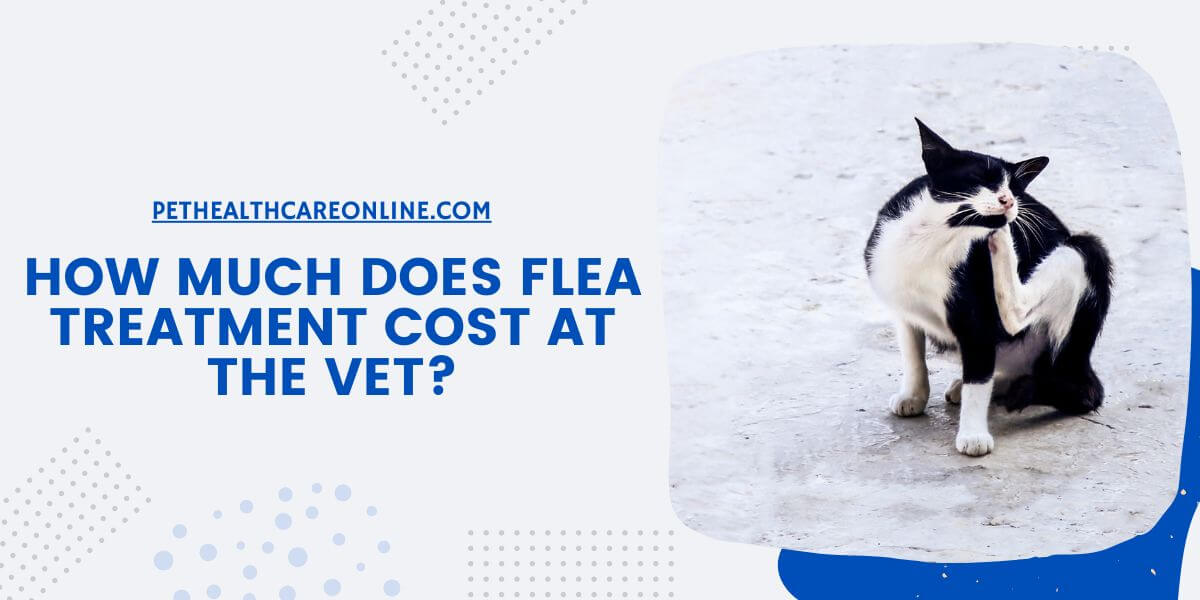Summary Points
| How much does Flea Treatment Cost | |
|---|---|
| Flea treatment costs can vary from $10 to $200 per month, depending on various factors. | |
| Flea Treatment Cost at the Vet | |
| Flea treatments are available in various forms, such as topical medications, oral medications, shampoos, dips, spot-on treatments, and more. | |
Topical MedicationsTopical treatments are applied directly to your pet’s skin and coat. They kill fleas on contact and can protect against other parasites.
Cost: $5-$30 |
|
Oral MedicationsOral medications are effective for severe infestations and pets resistant to topical treatments. Some common options:
Cost: $10-$400 |
|
Flea CollarsFlea collars infused with insecticide protect pets from fleas and ticks. Efficacy varies between brands: Cost: $10-$70 |
|
| How To Prevent Fleas From Getting On Your Pet | |
| There are several preventive measures you can take to avoid flea infestations, including vacuuming, washing bedding, using flea combs, maintaining a clean yard, using natural repellents, and more. | |
| Conclusion | |
| Flea treatment costs can vary, but you can reduce expenses by considering multi-pet treatments, over-the-counter options, and home remedies. |

